Microsoft's EU Data Boundary is now completed. Here's what it means for Europe
The security strategy was rolled out in three phases.
2 min. read
Published on
Read our disclosure page to find out how can you help Windows Report sustain the editorial team. Read more
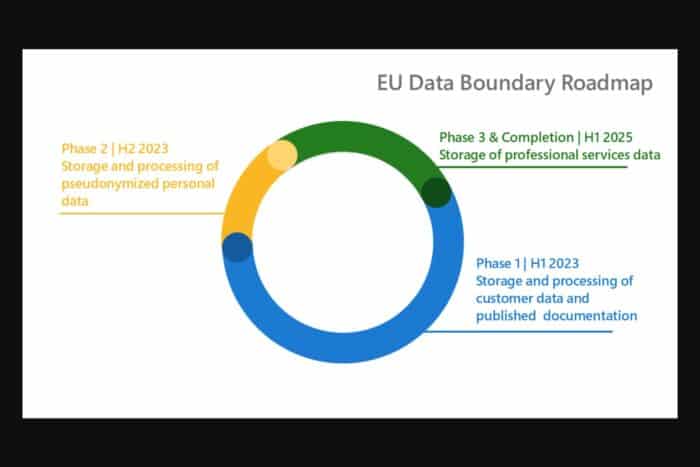
Microsoft has announced the completion of its EU Data Boundary, a long-term security and privacy commitment strategy that provides enhanced data residency and transparency for its European customers.
The Redmond-based tech giant announced it in a blog post, stating that Phase 3 of the strategy was completed this month, and all EU customers can now use Microsoft products and services in complete security.
Phase 3, with the completion of the EU Data Boundary in February 2025, ensures that when customers in the EU and EFTA request technical support for services such as Microsoft 365, Power Platform, and Dynamics 365, the professional services data provided by customers (such as logs) and generated by Microsoft (such as support case notes) are now stored within the EU and EFTA regions.
EU Data Boundary ensures that public sector and commercial customer data is stored and processed within the European Union (EU) and European Free Trade Association (EFTA) regions.
The EU Data Boundary is designed to give European businesses more control over their data, supporting their success and compliance with local regulations. With this completion, Microsoft’s core cloud services, including Microsoft 365, Dynamics 365, Power Platform, and most Azure services, will store and process customer data and pseudonymized personal data within the EU and EFTA regions.
This achievement results from a massive, multi-year engineering effort involving hundreds of Microsoft product teams and thousands of developers worldwide.
As we mentioned earlier, the rollout of the EU Data Boundary was completed in three phases. Phase 1, launched in January 2023, enabled the storage and processing of customer data for core services. Phase 2, launched in January 2024, expanded the scope to include pseudonymized personal data. Phase 3, completed in February 2025, ensures that professional services data from technical support interactions for core cloud services are stored within the EU and EFTA regions.
You can read more about it in the official announcement.


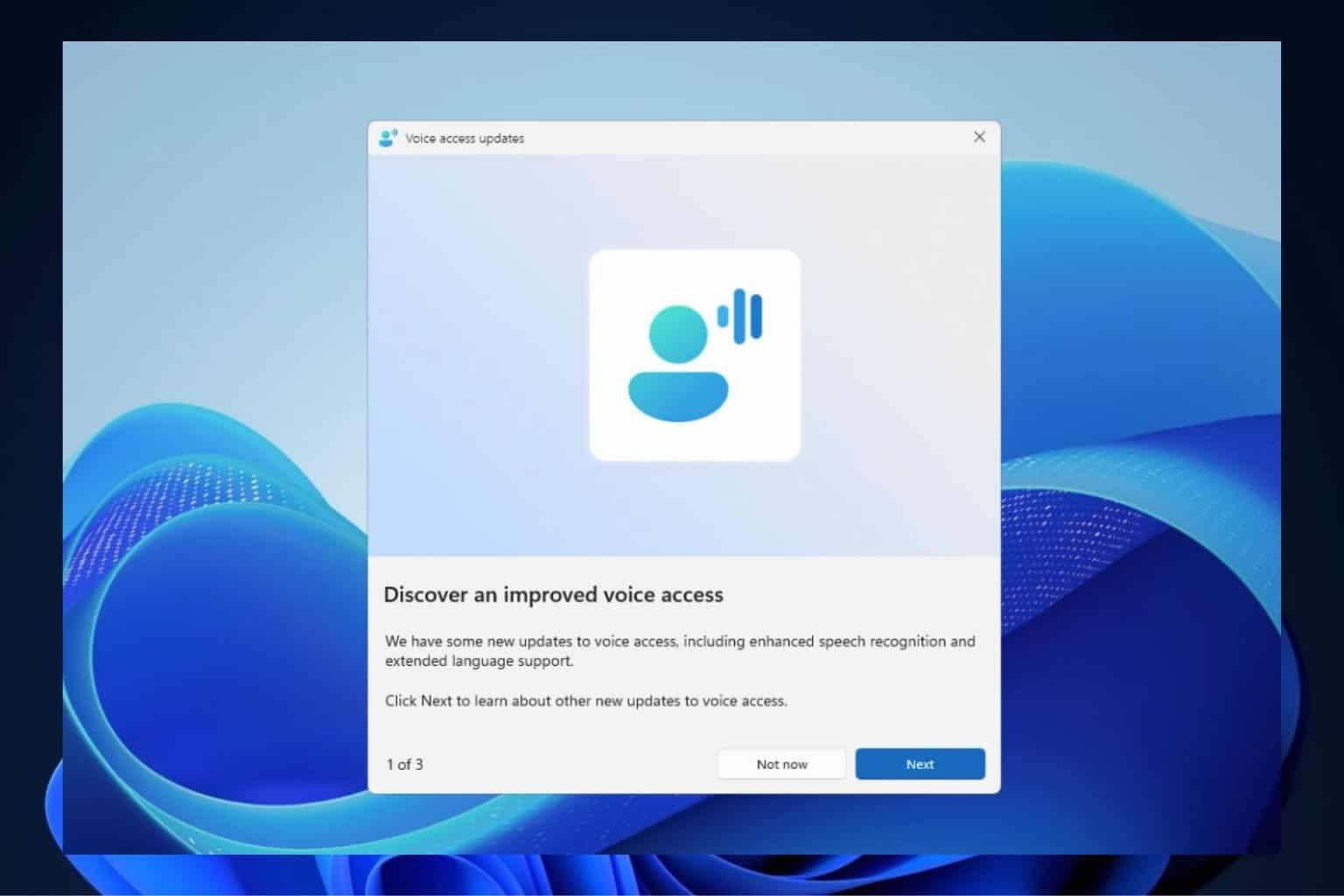
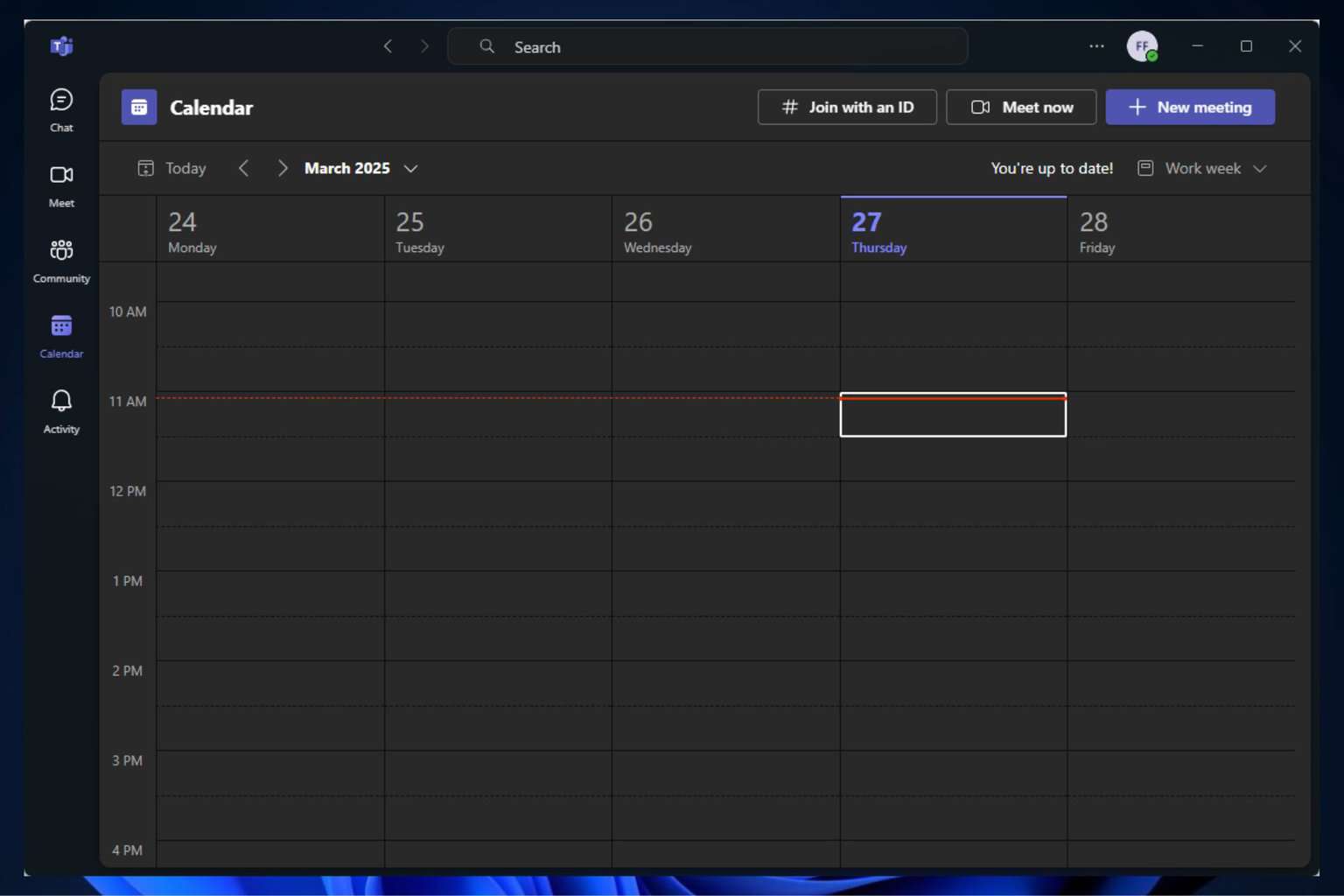

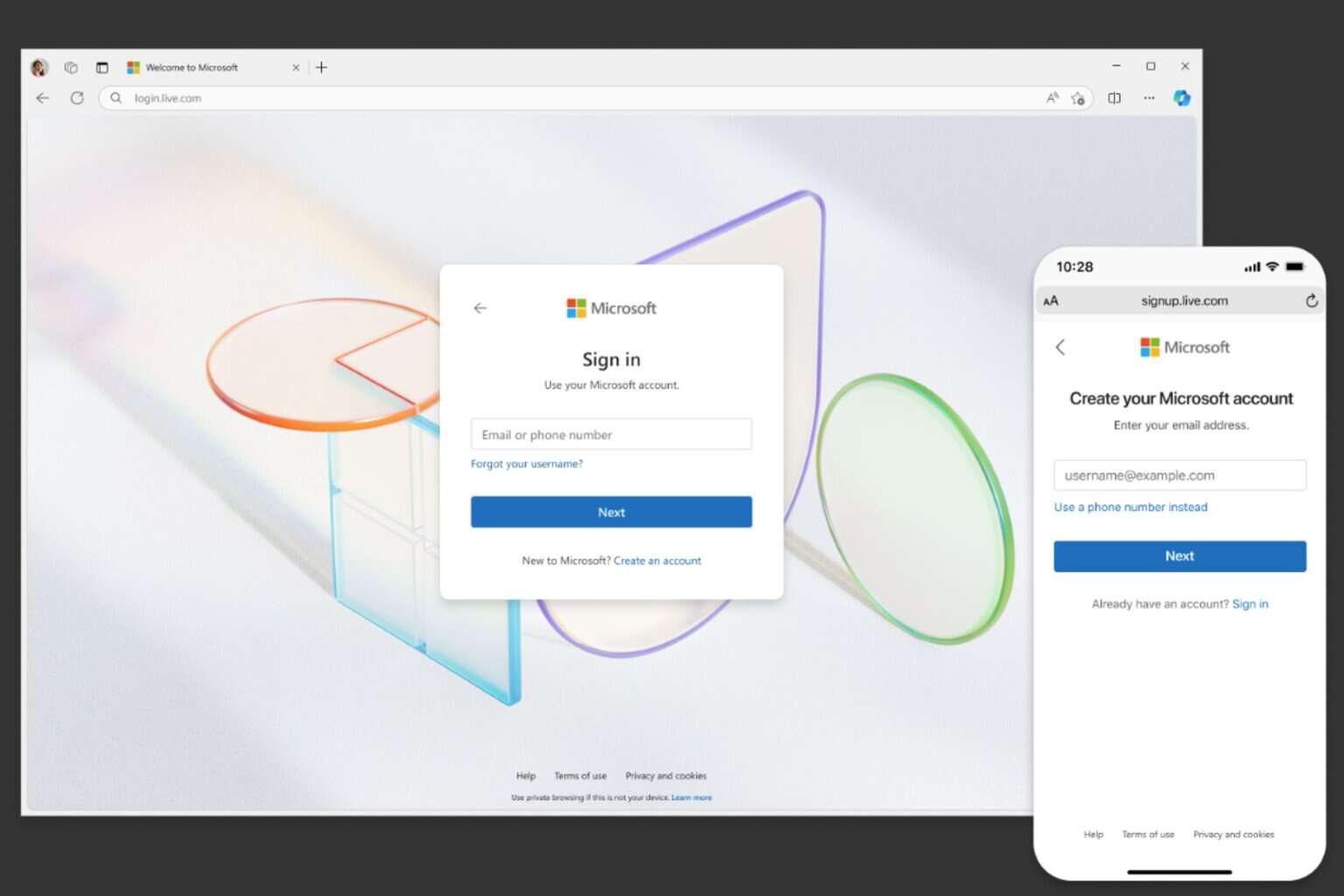

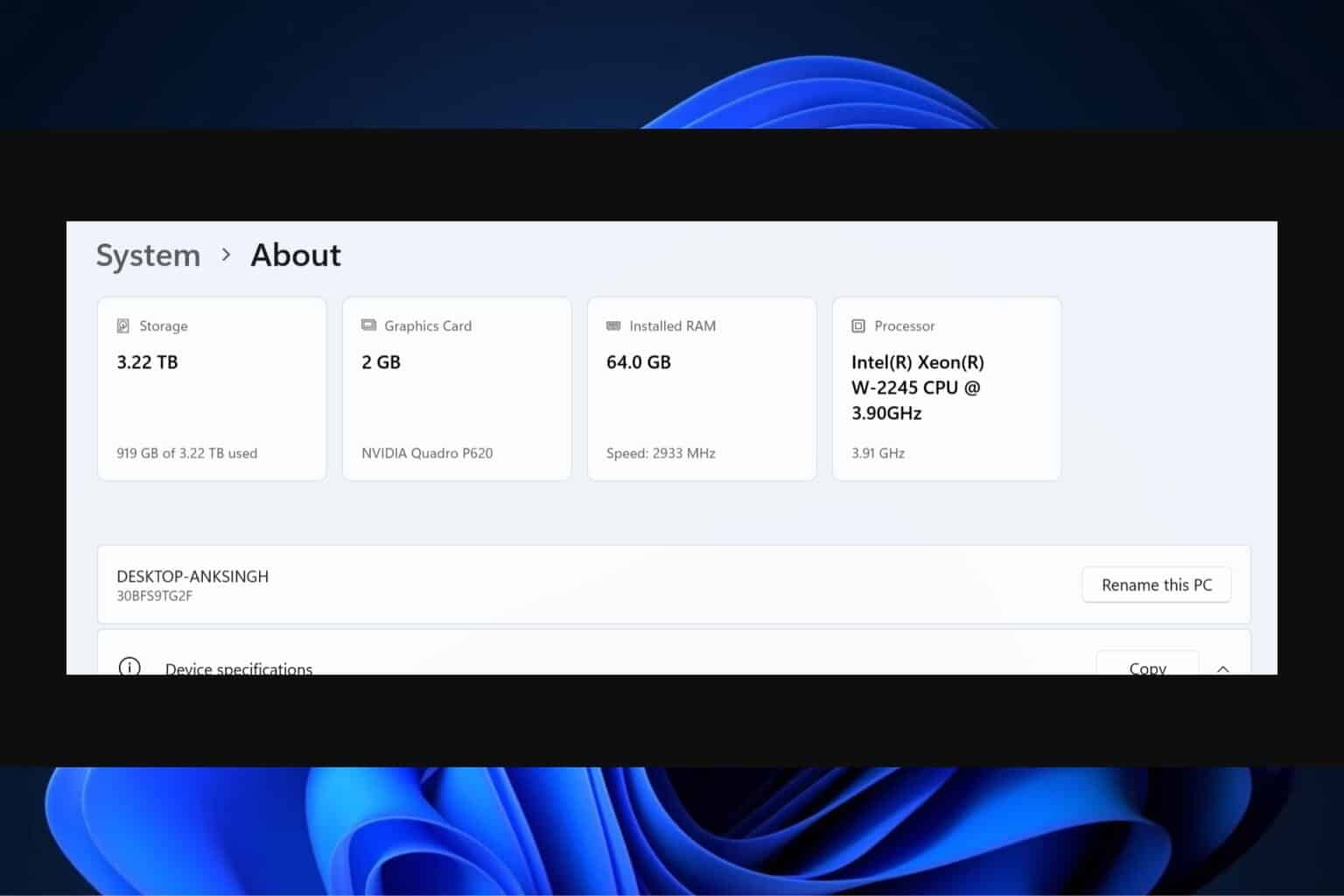

User forum
0 messages